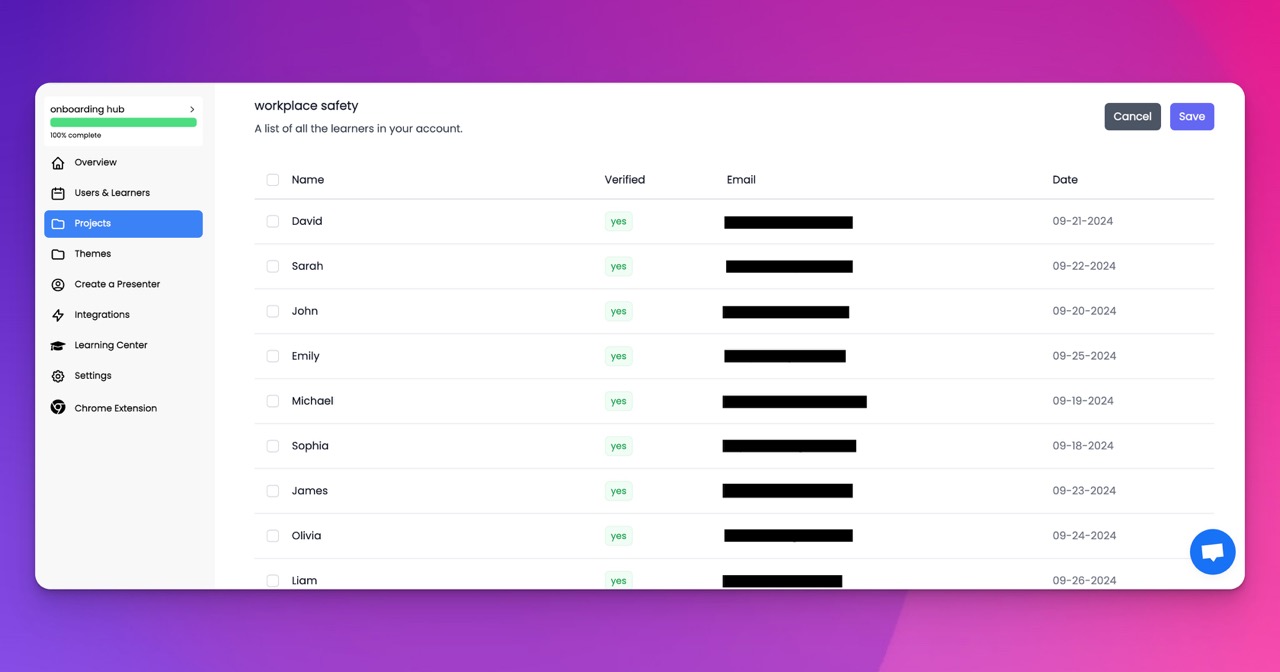🎉 Trainday now integrates with Zendesk and Hubspot 🎉 Trainday now integrates with Zendesk and Hubspot 🎉 Trainday now integrates with Zendesk and Hubspot
🎉 Trainday now integrates with Zendesk and Hubspot
🎉 Trainday now integrates with Zendesk and Hubspot
Contact
Procure Replenishment
Procure replenishment is a term used in supply chain management to describe a process where a company procures goods or materials on an as needed basis. This approach is different from traditional procurement methods, which involve ordering a set amount of goods at regular intervals.
The idea behind procure replenishment is to minimize inventory costs and reduce waste. By only ordering what is needed, a company can avoid the expense of storing excess inventory and the risk of obsolescence. Additionally, procure replenishment can help to streamline the supply chain and reduce lead times, allowing companies to respond more quickly to changes in demand.
To implement a procure replenishment strategy, companies need to have a good understanding of their inventory levels and demand patterns. This requires accurate data and forecasting tools, as well as strong relationships with suppliers who can provide timely deliveries.
One of the key benefits of procure replenishment is that it can help to improve cash flow. By minimizing inventory costs, companies can free up capital to invest in other areas of the business. This can be particularly important for small and medium sized enterprises that may have limited resources.
Another advantage of procure replenishment is that it can help to improve customer satisfaction. By having the right products available when customers need them, companies can build a reputation for reliability and responsiveness. This can lead to increased customer loyalty and repeat business.
In conclusion, procure replenishment is a powerful tool for managing the supply chain and improving business performance. By focusing on just in time delivery and minimizing inventory costs, companies can improve cash flow, reduce waste, and enhance customer satisfaction. To succeed with a procure replenishment strategy, companies need to invest in accurate data and forecasting tools, as well as strong supplier relationships.
Accelerate Compliance.
Deliver OSHA-Ready Courses Instantly.
Empower your team with data-driven training solutions tailored to your industry's safety standards. Stay compliant, reduce risks, and boost productivity with AI-powered course creation.
